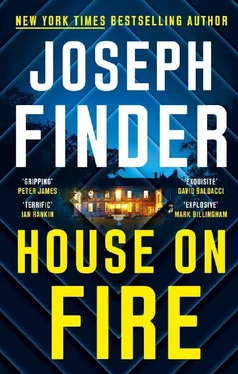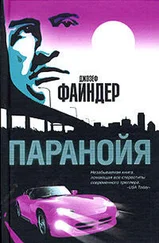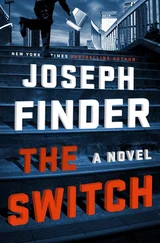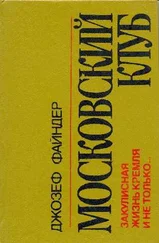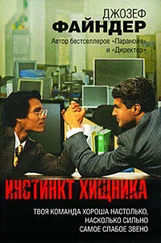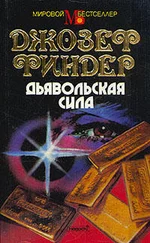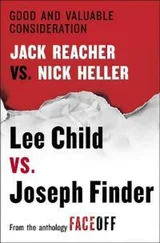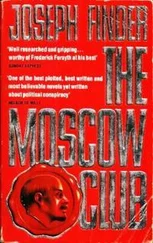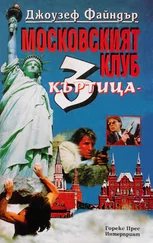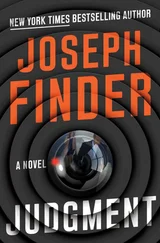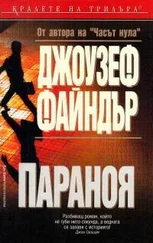And because of what had happened to Maggie.
“I assume Phoenicia’s employees use RFID cards like everyone else, right?”
“Right.”
“Are you looking to clone one card or multiple?”
“Multiple. And choose whoever has the highest access level.”
“Have you used this toy before?” He slid across the counter what looked like a laptop computer in its case. “It’s called the Boscloner. It captures and clones RFID cards.”
I shook my head. “What’s the read range?”
“Three feet.”
“Really? That’s fantastic.” He showed me how to use it, how to control it with my iPhone, how to clone a lot of ID cards and not just one.
“Once you get into the target’s office, what do you want to do?”
“Steal the entire contents of his computer hard drive. Everything.”
“If they have even rudimentary security, their network’s gonna be password protected.”
“For sure.”
“You don’t have the guy’s password, I assume, right?”
“No.”
“All right, so you need two separate payloads.”
“If you say so.”
“Here we go. This is what you need.” He handed me a little black device with a USB plug at the end of it. Maybe a couple of inches long, half an inch thick. “This is called the Bash Bunny.”
“Cute name.”
“From the folks who brought you the Rubber Ducky and the Pineapple. Notice the switch on the side?”
I nodded.
“Up for payload one. Down for payload two. Then you plug it in to a USB port.”
“Okay.”
“Now, we’re going to need to copy all the files to something, and we’ve got a choice. This guy or this guy?”
One device he held up was a five-inch oblong, three inches wide, fairly thick. The other looked like a black credit card. It said Sandisk on it.
I took the credit card. “That holds two terabytes of data,” Devlin said, “as opposed to four terabytes on the other guy. But two terabytes will surely be enough.”
“If you say so.”
“I should warn you the one you’re holding is a lot more expensive.”
“I have a rich client.” Who’d asked that the investigation be discontinued. But I had a feeling she’d eventually pay.
“What antivirus program does Phoenicia use, do you know?”
“How the hell would I know?”
“Huh,” he said. He swiveled on his stool and hunched his shoulders. Tapped at a keyboard. A flat-screen came to life. He tapped some more. “All right, let’s see. I’m on the Phoenicia Health Sciences website. Help wanted. Positions available. Here we go. Requires familiarity with Office, LANDesk, and McAfee ePO.”
“Translation?”
He shook his head. “These corporations are so stupid. They tell you right there on their website what antivirus software they use. What kinda security is that? All right. Well, good for us.”
Devlin spent a few more minutes programming the little black device, and then I left with my collection of toys.
I also thought it might be useful to do some basic social media research on Dr. Arthur Scavolini. I don’t know of a better invention for eliminating privacy than social media. People post everything about themselves — pictures of their kids, their families, pictures of themselves doing adventure travel, pictures of themselves with more famous people. Where and when they did whatever. All kinds of personal stuff.
So I knew he’d gone to Rush Medical College in Chicago and trained in Chicago and at Duke. He seemed to have no hobbies. He had three kids and worked a lot of hours. Overall he seemed extremely nerdy, but that just made him a perfect fit for the job. He seemed to be well-off, seemed to have come into wealth a few years back. He and his wife, Linda, had gone on a high-end cruise in the Mediterranean a couple of years ago and had posted lots of photos of Morocco.
But the task still remained: I had to figure out how to get into his office. That was going to be the hard part.
At four thirty that afternoon, cars were streaming out of the Phoe- nicia Health Sciences parking lot. I was headed in the opposite direction. I found a space in the visitors’ lot, grabbed my trusty metal clipboard and the Boscloner device, in its laptop bag.
I was wearing a suit and no tie — I’d noticed on my last visit that ties were rare at Phoenicia — and a pair of heavy black-framed glasses. The clipboard was key. It made you look official, like you belonged wherever you were.
I approached the silvery, modernistic building. I passed through a revolving door into a marble-walled lobby, saw the long marble reception desk, saw turnstiles, people hustling through them and exiting the building, leaving for the day. I looped around the lobby, at one point taking a picture of the big Phoenicia logo behind the reception desk (but actually capturing an image of the security guard in his gray uniform).
I stood by the revolving doors, examining my clipboard, generally standing in the way.
And letting the Boscloner do its thing. Stealing the creds, as the expression goes — the credentials. Every time anyone with a Phoenicia Health Sciences security badge passed within three feet of me, it was recording a long series of numbers associated with their badge. All the metadata. I’d turned off the notification sounds on my phone, so it was doing it silently.
I stood there as long as I dared, recording badge numbers and observing security. It seemed fairly tight. No one could just come in and enter the building. You had to either have an RFID card or be issued a temporary one, as a visitor. After about five minutes, it seemed long enough. If everything was working right, I had captured the data off several dozen badges. Any one of them would get me past the turnstiles and into the building itself. But beyond that, I had no idea what level of access they’d get me. How close to the executive suites.
With a final glance at my clipboard, I turned around and entered one of the revolving doors and left the building.
Then I walked around the building all the way to the back, where the loading dock was located.
Sure enough, there was an outdoor smoking area next to it. Smokers, in our censorious times, are often relegated to undesirable locations, like next to a loading dock.
A couple of smokers stood far apart from each other on a freshly paved asphalt square, near a parking area for trucks, on either side of the loading dock. The dock was still operating; the doors were open. I glanced at my watch. Twenty minutes before five o’clock. Still early in the evening rush hour.
The two smokers were a man and a woman, apparently unconnected to each other. They could have been executives, or lab techs, or administrative assistants. You couldn’t tell from the way they were dressed. I took out a pack of Marlboros, shook one out. Put it in my mouth. Made a show of feeling my pockets, looking for a match or a lighter. Then I approached the woman, who looked to be in her forties. I took the cigarette out of my mouth and said, “Could I bum a light?”
She said, “I think I can do that,” in a heavy smoker’s rasp, pulled out a cheap Bic lighter, and handed it to me.
While my Boscloner captured the data off her ID badge, I looked at it, clipped to her purse over her left shoulder, and mentally recorded its appearance. Light blue with Phoenicia Health Sciences’ logo and her last name in big letters on top — o’grady — and her first name on the bottom: Darlene.
“Thanks,” I said.
“No problem,” she replied with a pleasant smile.
We stood, smoking for a while in companionable silence. If I needed any intel about the company, now would be the right time to strike up a casual conversation. But all I needed was her badge data.
Читать дальше
